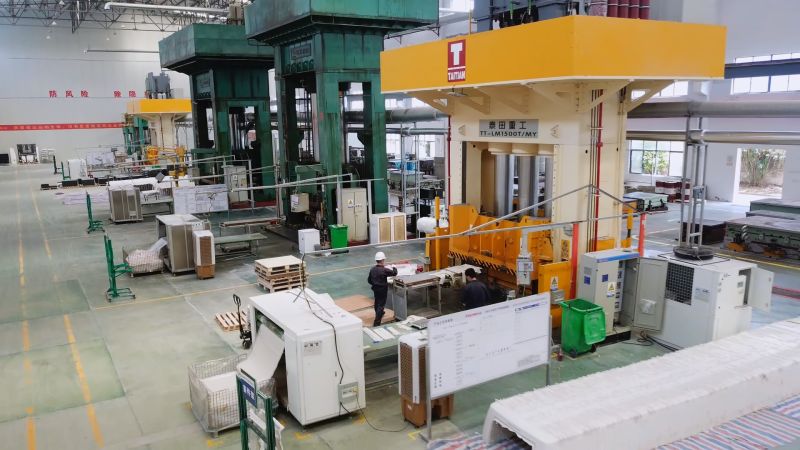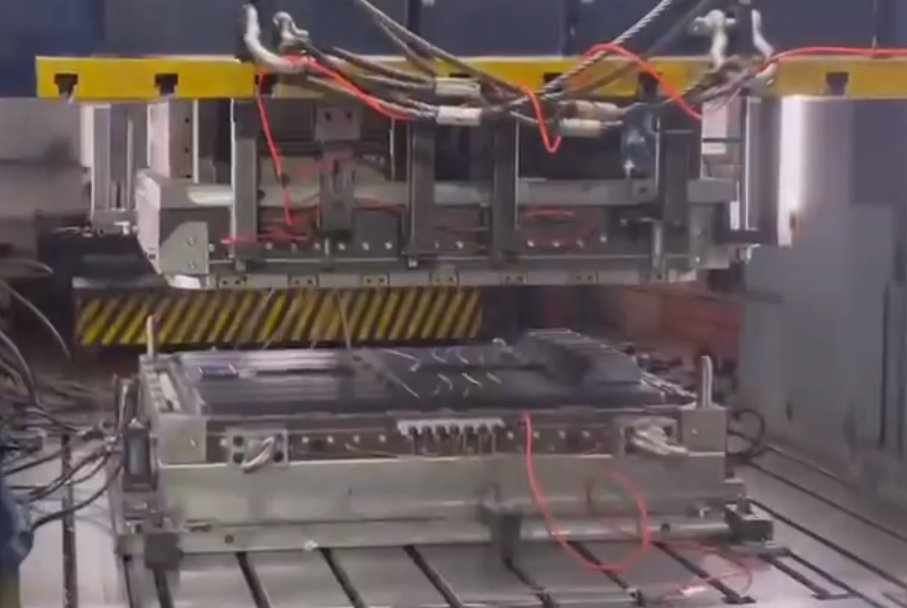In the realm of industrial processes, compression machines play a pivotal role in various sectors, ranging from pharmaceuticals to manufacturing. These machines are designed to compress materials into denser forms, facilitating easier handling, transportation, and storage. But how exactly do compression machines work?

At its core, a compression machine operates on the principle of reducing the volume of a material by applying pressure. The process typically involves several key components:
- Feeding Mechanism: The process begins with the feeding of raw materials into the compression chamber. Depending on the specific application, these materials can vary widely, including powders, granules, or even liquids in some cases.
- Compression Chamber: Once inside the machine, the materials are contained within a compression chamber. This chamber is where the actual compression takes place. It is usually equipped with a movable piston or rotary mechanism that applies pressure to the materials.
- Pressure Application: The compression process involves applying force to the materials within the chamber. This force can be exerted in various ways, such as through hydraulic systems, mechanical mechanisms, or pneumatic cylinders. The amount of pressure applied depends on factors like the properties of the material being compressed and the desired outcome.
- Die or Mold: To shape the compressed material into the desired form, compression machines often utilize dies or molds. These tools help give the final product its specific dimensions and characteristics.
- Ejection System: Once the compression is complete, the compressed material needs to be removed from the chamber. This is where the ejection system comes into play. Depending on the design of the machine, this system may involve a hydraulic or mechanical mechanism to push the finished product out of the compression chamber.
- Control Systems: Modern compression machines are often equipped with sophisticated control systems that monitor and regulate various parameters throughout the compression process. These systems ensure consistency in quality and help optimize efficiency.
Overall, the operation of a compression machine is a carefully orchestrated process that involves precision engineering and control. By harnessing the power of pressure, these machines transform raw materials into compacted forms suitable for a wide range of applications. From pharmaceutical tablets to industrial components, the versatility of compression machines makes them indispensable in modern manufacturing and production processes.

